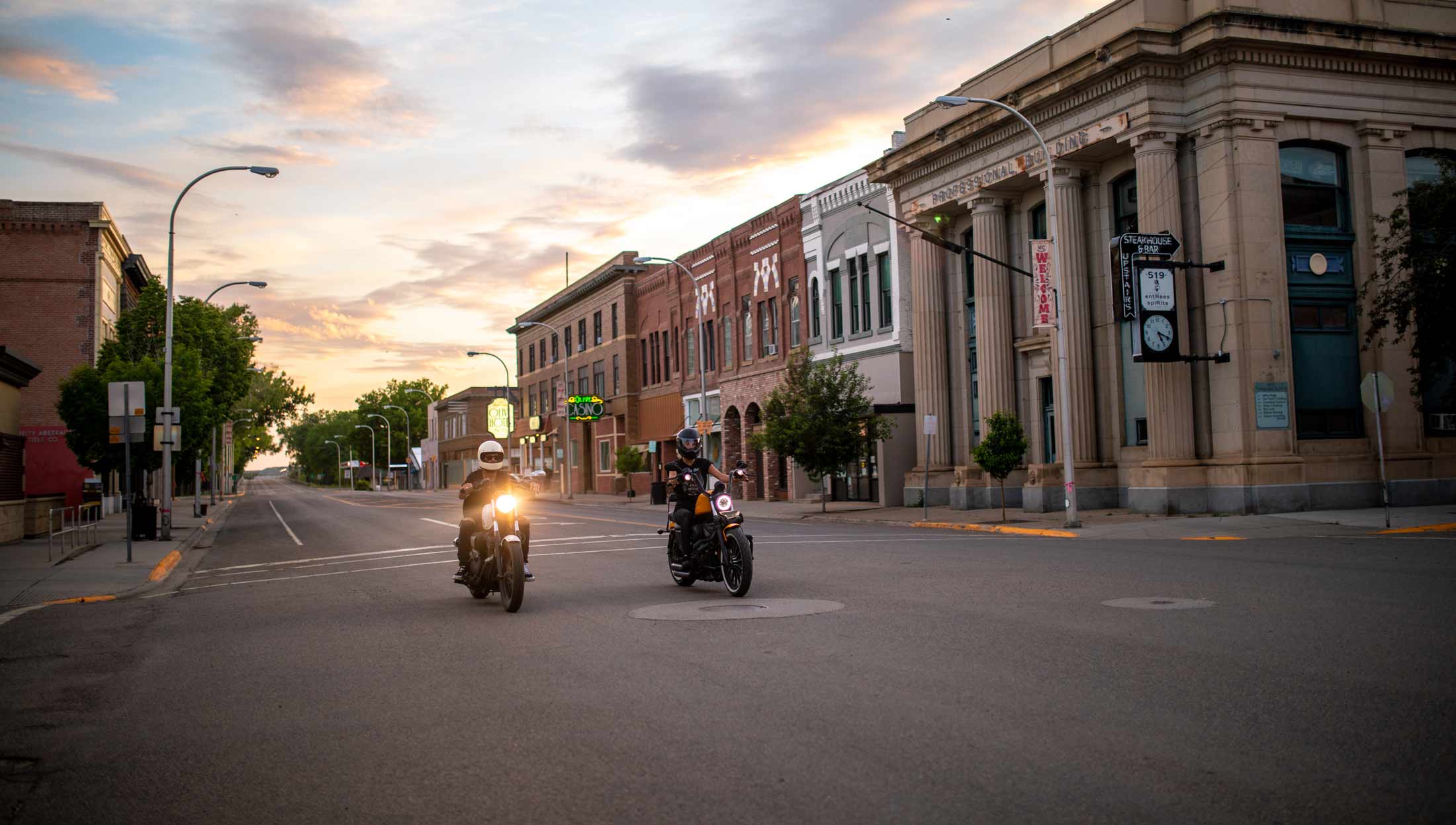The summer of 2025 brings important changes to one of Montana's most significant historical sites. The Little Bighorn Battlefield National Monument—where Lieutenant Colonel George Armstrong Custer and the 7th Cavalry clashed with Lakota, Northern Cheyenne, and Arapaho warriors in June 1876—will undergo essential renovations throughout the summer months. While this may initially seem like a detour in your travel plans, consider it an opportunity to explore the of history that extends beyond the monument's boundaries.
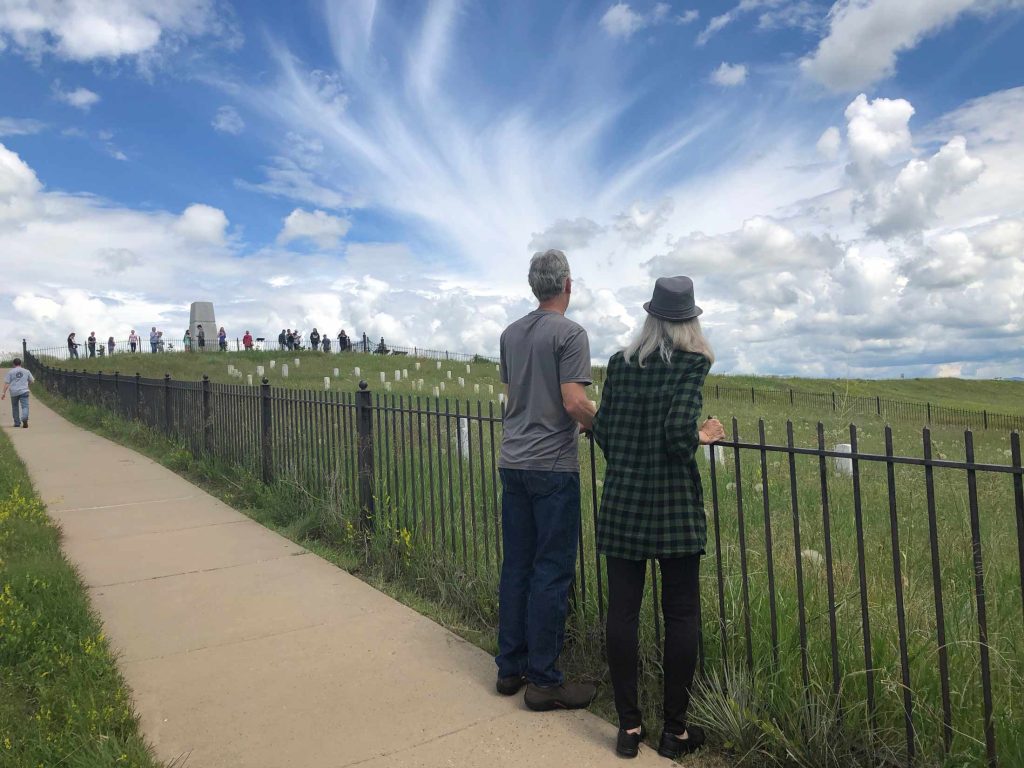
Little Bighorn Battlefield: What to Expect This Summer
The Little Bighorn Battlefield National Monument will maintain limited hours of operation during renovations. To ensure visitor safety, the park plans to be closed Monday through Thursday, starting from April 28 through fall of 2025. It will plan to remain open Friday through Sunday, and for the Battle of the Little Bighorn anniversary June 25th and 26th. The park expects to resume daily operations in October 2025, but this timeline is subject to change. Visitors should check www.nps.gov/libi for the latest updates.

The Bighorn County Museum: Temporary Home to Monument Treasures
Just a short drive from the battlefield in Hardin, the Bighorn County Museum has stepped up to house several significant artifacts from the monument during renovations. This partnership offers visitors a unique opportunity to view these historical items in a new context. During full park closures, the National Park Service will have a visitor contact station at the Big Horn County Museum. The museum, currently open from 9 a.m. to 5 p.m. on weekdays, also hosts the Western National Parks Association bookstore and offers viewings of the Little Bighorn park movie.
The museum itself is a great stop, featuring a fascinating collection that tells the broader story of life in the region. A sprawling outdoor complex includes historic buildings moved from throughout the county, creating an immersive look at pioneer and agricultural history. The indoor exhibits feature extensive Native American artifacts, homesteader relics, and military history.
The temporary exhibition of Little Bighorn artifacts provides context about the battle and its significance through carefully preserved items that aren't always on public display. Museum staff have created special programming around these pieces, offering insight into both military and Native American perspectives on this pivotal moment in American history.
Expanding Your Historical Journey: Nearby Attractions
While the battlefield renovation might limit your experience there, it presents the perfect opportunity to explore other significant historical sites often overlooked by travelers focused solely on Little Bighorn. Consider adding these destinations to create a more comprehensive understanding of the region's rich history:
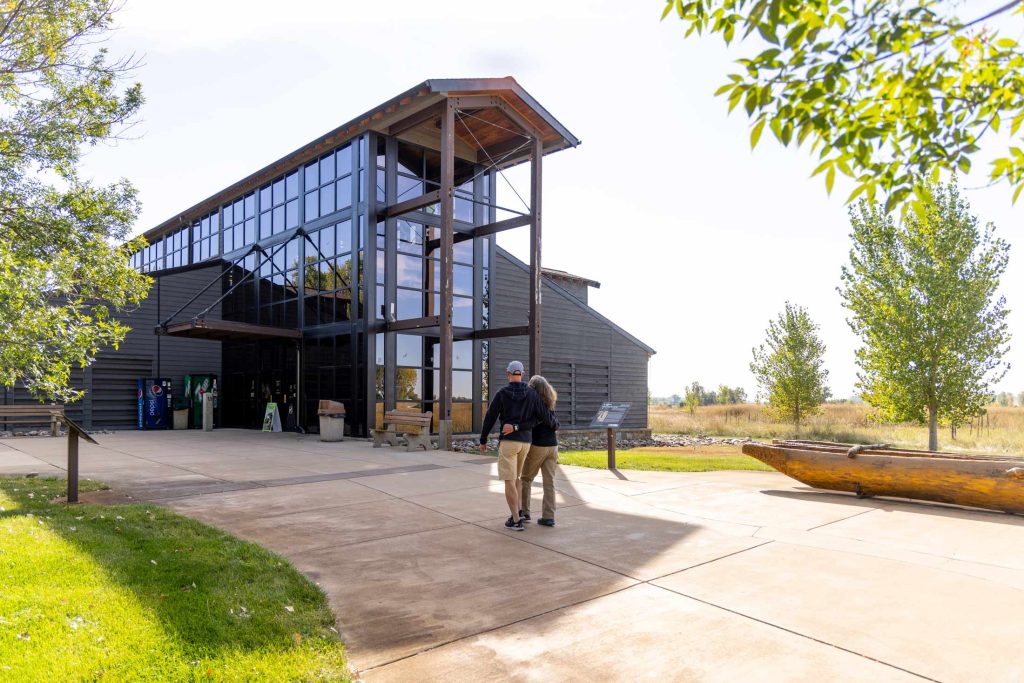
Pompeys Pillar National Monument
Just 30 miles east of Billings, this sandstone butte rising above the Yellowstone River bears the only remaining physical evidence of the Lewis and Clark Expedition—Captain William Clark's signature carved into the rock on July 25, 1806. Named after Sacagawea's son (whom Clark nicknamed "Pomp"), the site features a well-designed interpretive center and boardwalk that leads to Clark's signature. The panoramic views from the top offer a perspective of the landscape that has remained largely unchanged since Clark's expedition passed through.
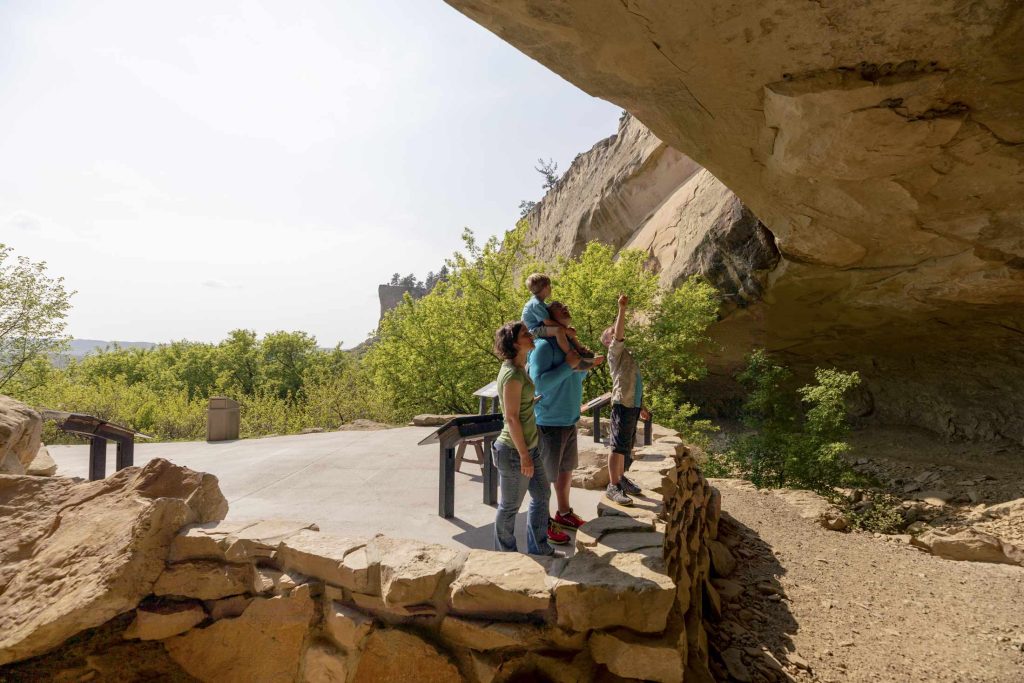
Pictograph Cave State Park
Located just 5 miles south of Billings, this archaeological site contains prehistoric rock paintings dating back over 2,000 years. Three main caves—Pictograph, Middle, and Ghost—were home to generations of prehistoric hunters. The quarter-mile loop trail offers interpretive displays explaining the pictographs' significance, while the visitor center houses artifacts excavated from the caves that provide insight into daily life for the area's earliest inhabitants.
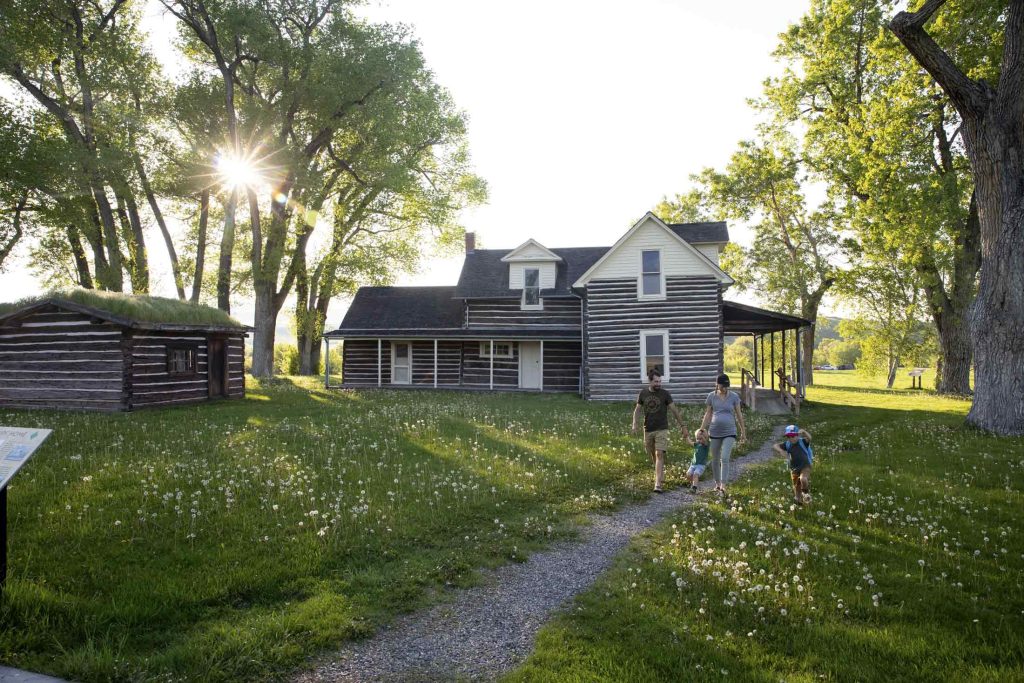
Chief Plenty Coups State Park
This uniquely personal historical site, located near Pryor, preserves the home and farmstead of Chief Plenty Coups, the last traditional chief of the Crow Nation. His two-story house and the surrounding 40 acres—which he specifically left as a park for all people—offer visitors a rare glimpse into the life of a Native American leader who bridged two eras. The visitor center features exhibits on Crow culture and Plenty Coups' vision that helped his people navigate the difficult transition to reservation life.
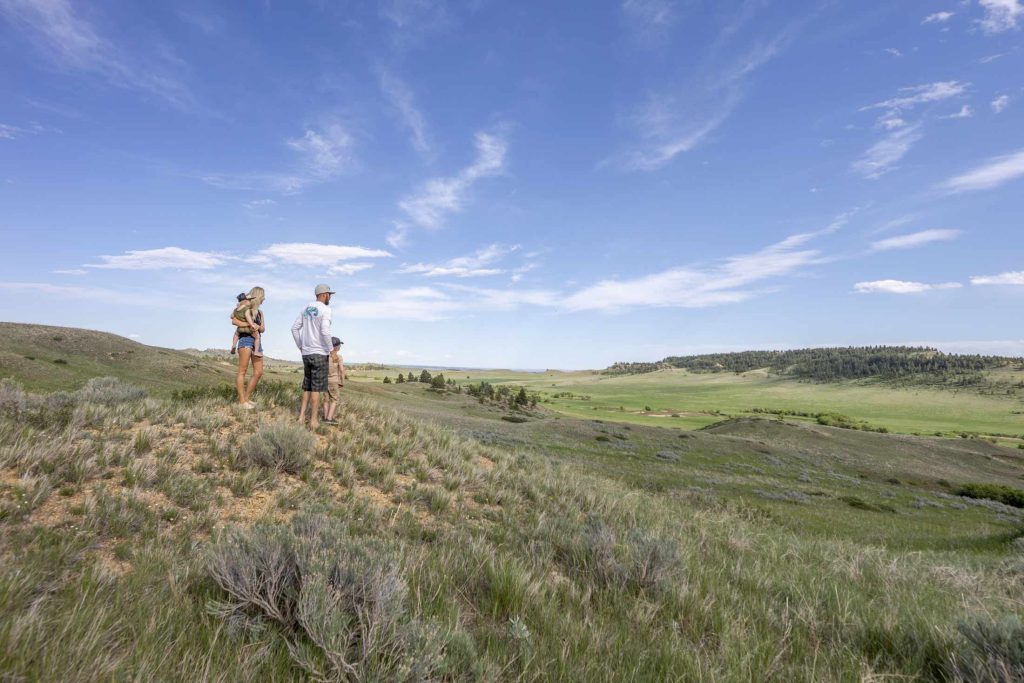
Rosebud Battlefield State Park
Often overshadowed by Little Bighorn, the Battle of the Rosebud (June 17, 1876) was a significant precursor that occurred just eight days before Custer's defeat. This peaceful, relatively undeveloped site allows visitors to experience the landscape much as it appeared in 1876. Interpretive signs explain how Crazy Horse led Lakota and Cheyenne warriors against General George Crook's forces in a battle that prevented Crook from joining forces with Custer—potentially altering the outcome at Little Bighorn.
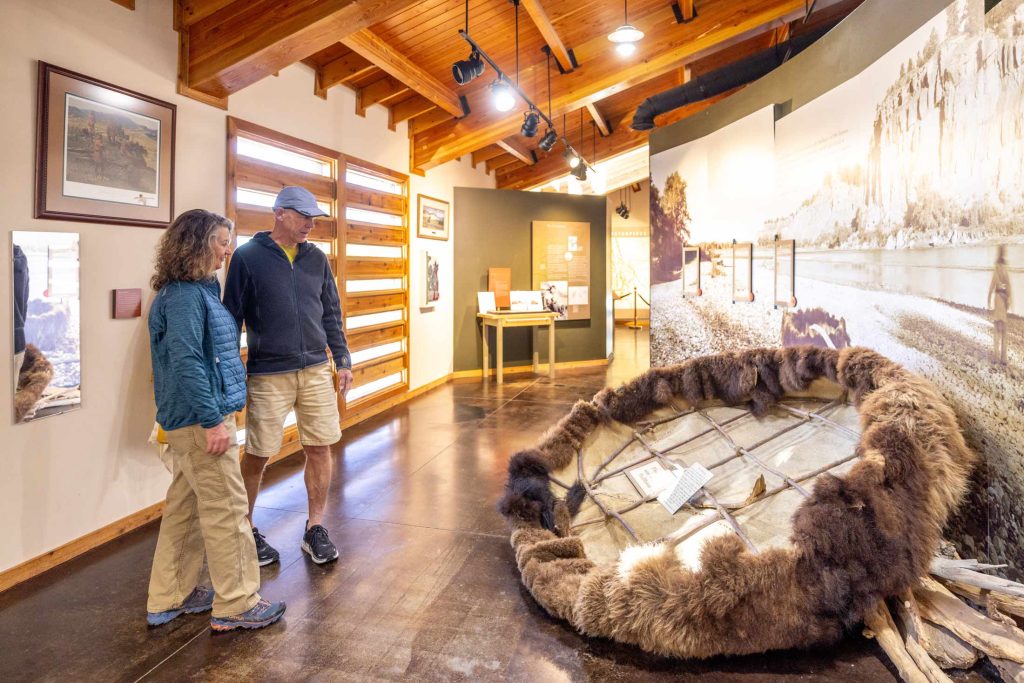
Creating Your Historical Trail
Rather than seeing the Little Bighorn renovations as a limitation, consider creating a customized historical trail that connects these sites. For more stops to consider, download our region's history map.
The temporary changes at Little Bighorn Battlefield National Monument need not diminish your experience of this historically rich region. By expanding your itinerary to include these significant sites, you'll gain a more nuanced understanding of the complex history that makes this corner of Montana so compelling.
The monument's renovations represent an investment in preserving this crucial piece of American history for future generations. In the meantime, the surrounding landscape offers abundant opportunities to connect with the past in meaningful ways that might otherwise have been missed in a more conventional visit.


